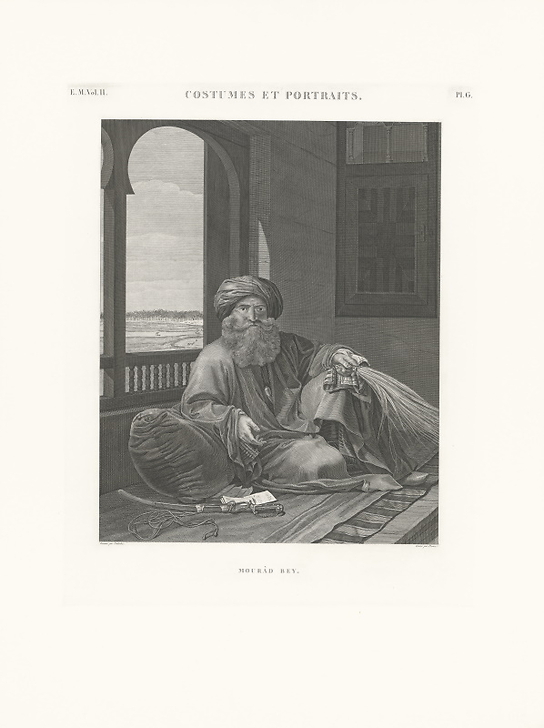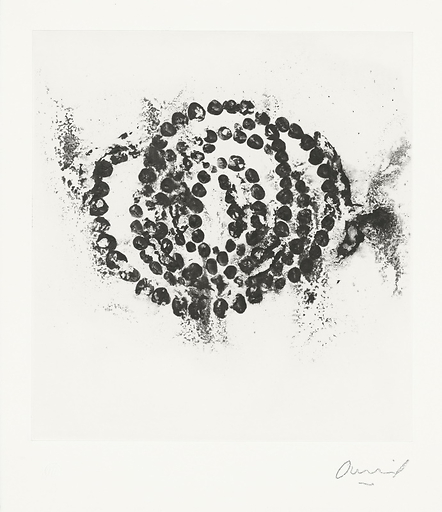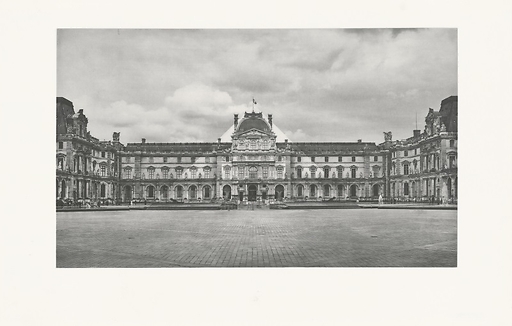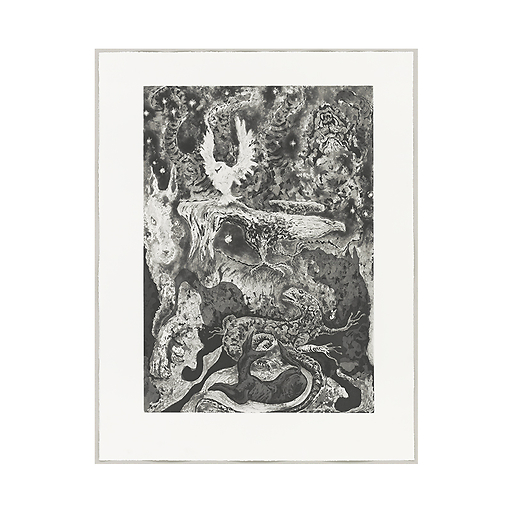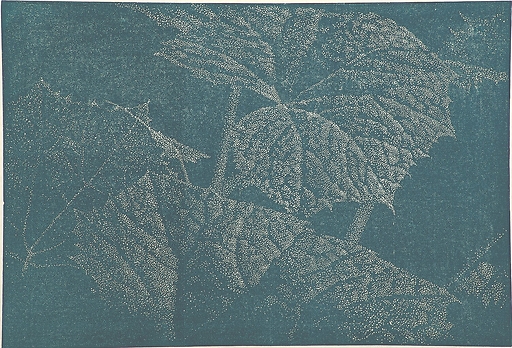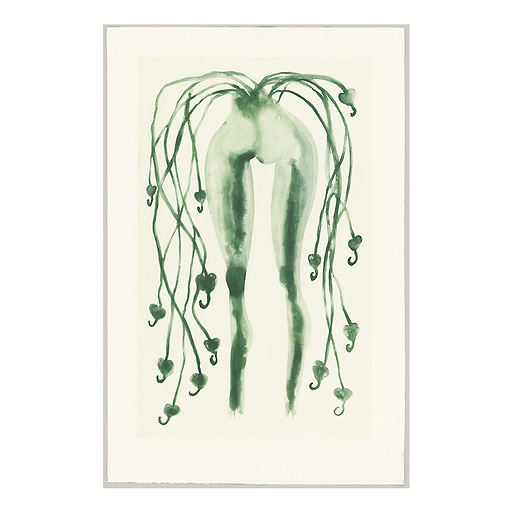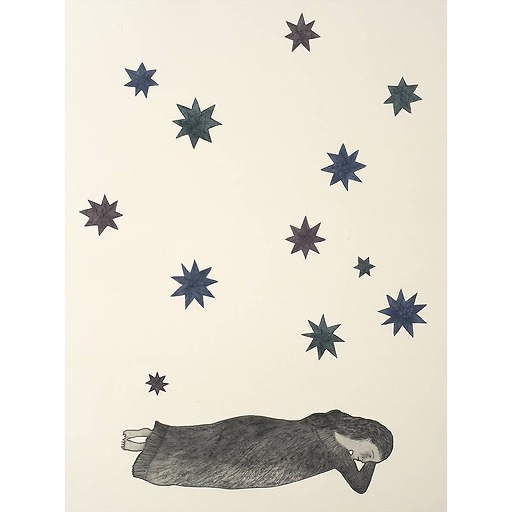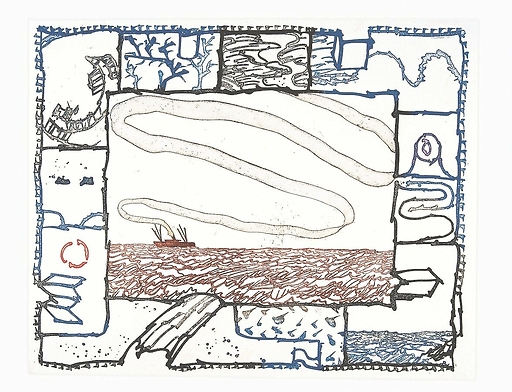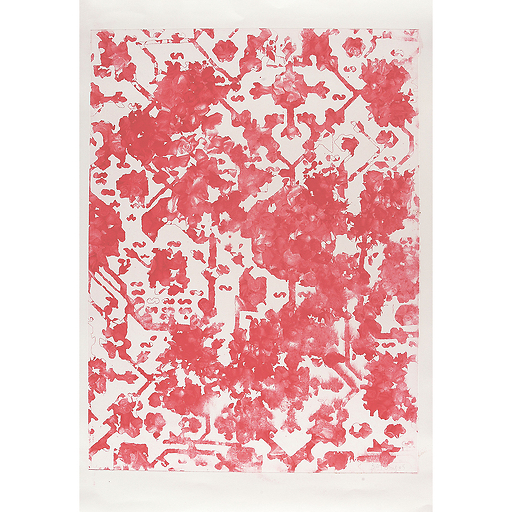Mourad Bey Etching
KM005093
The expedition of the French army in Egypt, commanded by Napoleon Bonaparte between 1798 and 1801, answered two wishes. The first was to deliver Egypt from the power of the Mamelukes through military and naval campaigns. The second was to get to know this foreign land better: more than 35,000 troops...
Read more
The expedition of the French army in Egypt, commanded by Napoleon Bonaparte between 1798 and 1801, answered two wishes. The first was to deliver Egypt from the power of the Mamelukes through military and naval campaigns. The second was to get to know this foreign land better: more than 35,000 troops accompanied a team of scientists. This phalanx was composed of nearly 175 scientists, most of whom were young engineers, technicians, mathematicians, chemists, orientalists, musicians... Others, engineers coming from the great schools: Polytechnique, Ponts et Chaussées, Mines, completed this staff. We can mention famous people such as the naturalist Geoffroy Saint-Hilaire, the inventor and designer Nicolas-Jacques Conté, the chemist Berthollet, the artist Vivant Denon...
In spite of the dust, the hard climate, the diseases and the warlike context, these scholars inspected, surveyed and drew with a great concern of precision all that the ground of Egypt had of different with the West... Thus, faithful to what Napoleon had given as goals to the French Institute of Cairo at the time of its creation on August 23, 1798, namely "the progress and the propagation of the Enlightenment in Egypt, the research, the study and the publication of the natural, industrial and historical facts of Egypt", they brought back to France documents in abundance which were going to be engraved and thus to pass to posterity. Today they still constitute a unique source since some monuments have been destroyed.
A unique enterprise, extraordinary means. Thus, the Imperial Printing Office undertook the publication of the Description de l'Égypte at the expense of the public treasury. More than 200 artists collaborated in the production of about 100 engraved plates per year. In 1813, date of the first publication of the work in 1000 copies, no less than 907 plates including 3 000 drawings were bound in 23 volumes. Different engraving techniques were used by the 294 engravers: the burin, the intaglio, the drypoint, the color engraving with register; Nicolas-Jacques Conté even invented a machine allowing to mechanically engrave a screen for the sky and the horizons.
In the meantime, it was necessary to create new paper formats of a size unknown until then; the Papeteries d'Arches conceived for the occasion the watermarked paper "ancient and modern Egypt". They were obliged to build intaglio presses of an unusual size, as well as the library furniture that would house all the volumes. The imperial edition included 23 volumes.
The Description de l'Égypte is divided into three parts.
The Antiquity is in five volumes which include the views of the cities (Philae, Elephantine Island, Edfu Thebes, Louqsor...) as well as the monuments: Sphinx, Memnonium, tombs...
The Modern State, represents in two volumes the cities (Cairo, Alexandria...) as well as the monuments, arts and crafts, costumes and portraits as they were presented to the French expedition in 1898.
The Natural History is in three volumes and deals with zoology (mammals: carnivores, birds, reptiles, fish of the Nile; invertebrates: crustaceans, spiders, algae...), Botany (history and culture of these plants: palm, lotus, rockweed...); and finally the last volume deals with mineralogy: granite, basalt, porphyry...). The whole is reproduced in great detail.
Two complementary volumes for the very large format plates.
A Geographic Atlas at 1/100 000° and in 47 sheets completes the previous volumes with topographic maps.
Close
Sold by GrandPalaisRmn

